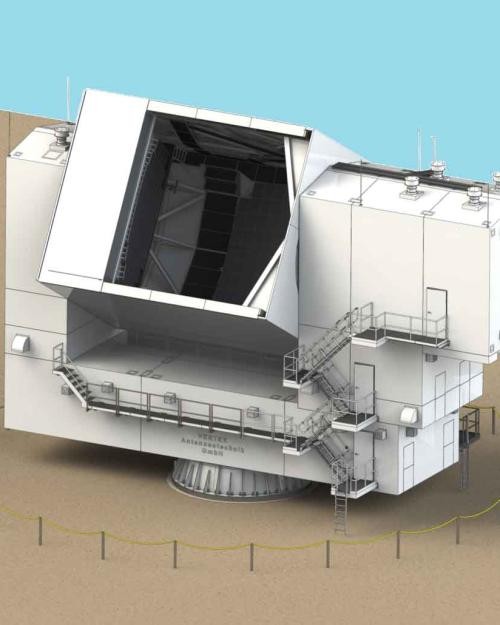More than 80 scientists and engineers (20 online) participated in the fourth annual meeting of the CCAT Consortium on June 20-22 on Cornell’s campus. CCAT Observatory Inc. is a Cornell-led international consortium that is building the Fred Young Submillimeter Telescope (FYST) that is currently being assembled in Germany.
When FYST is completed, it will be installed near the summit of Cerro Chajnantor in Chile’s Atacama Desert and become the second highest telescope in the world. Outfitted with cutting edge instrumentation, FYST will be able to rapidly map the sky at submillimeter to millimeter wavelengths, collecting data that will give scientists insight into “cosmic dawn,” the universe’s earliest days, as well as play a role in the search for gravitational waves and dark matter.
“This was a critical meeting as we are less than two years out from anticipated first light with the facility. The primary goal of the meeting was to prepare ourselves for the first year of telescope operations,” said project director Gordon Stacey, professor of astronomy in the College of Arts & Sciences. “To do so, we need to formulate our ‘Early Science’ plans, which means laying out the science goals, the observing schedule and the publication teams necessary to obtain, process and publish novel science that demonstrates the capabilities of the FYST telescope and the CCAT instruments.”
Read the full story on the College of Arts and Sciences website.









